Status Demolished Completed 1974 Demolished July 3, 2000 Destruction date 3 July 2000 Floors 4 Lifts/elevators 2 | Opening July 29, 1974 Height 94 m Opened 29 July 1974 Construction started 1972 | |
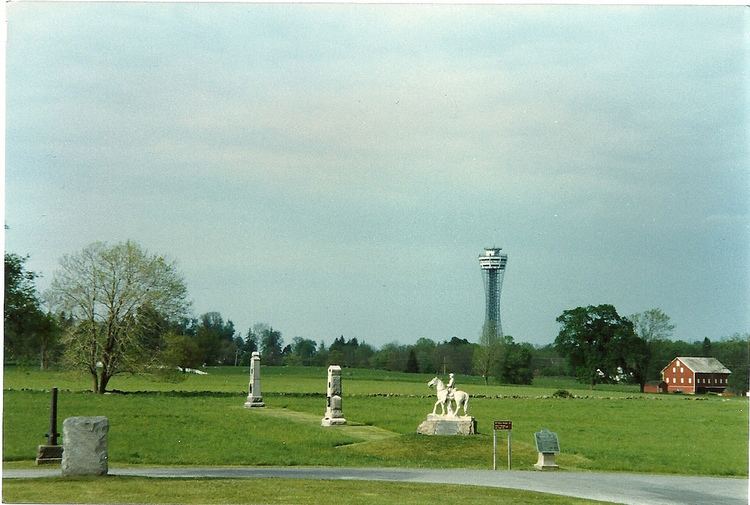 | ||
Similar The Copse of Trees, Eternal Light Peace M, Evergreen Cemetery, Cyclorama Building at Gettysburg, Gettysburg Cyclorama | ||
The gettysburg national tower a walk to the top in 1994
The Gettysburg National Tower was a 307-foot (94 m) hyperboloid observation tower that overlooked the Gettysburg National Military Park and Gettysburg, Pennsylvania, from 1974 to 2000. The privately owned tower attracted many of the battlefield's visitors, who paid a fee to access its observation decks. Controversial even before it opened, the structure was eventually seized by eminent domain and demolished.
Contents
- The gettysburg national tower a walk to the top in 1994
- Gettysburg national tower
- History
- Construction and design
- References
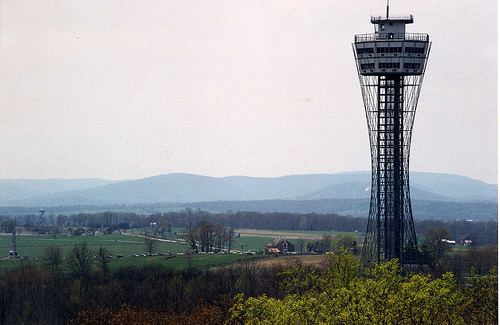
Gettysburg national tower
History
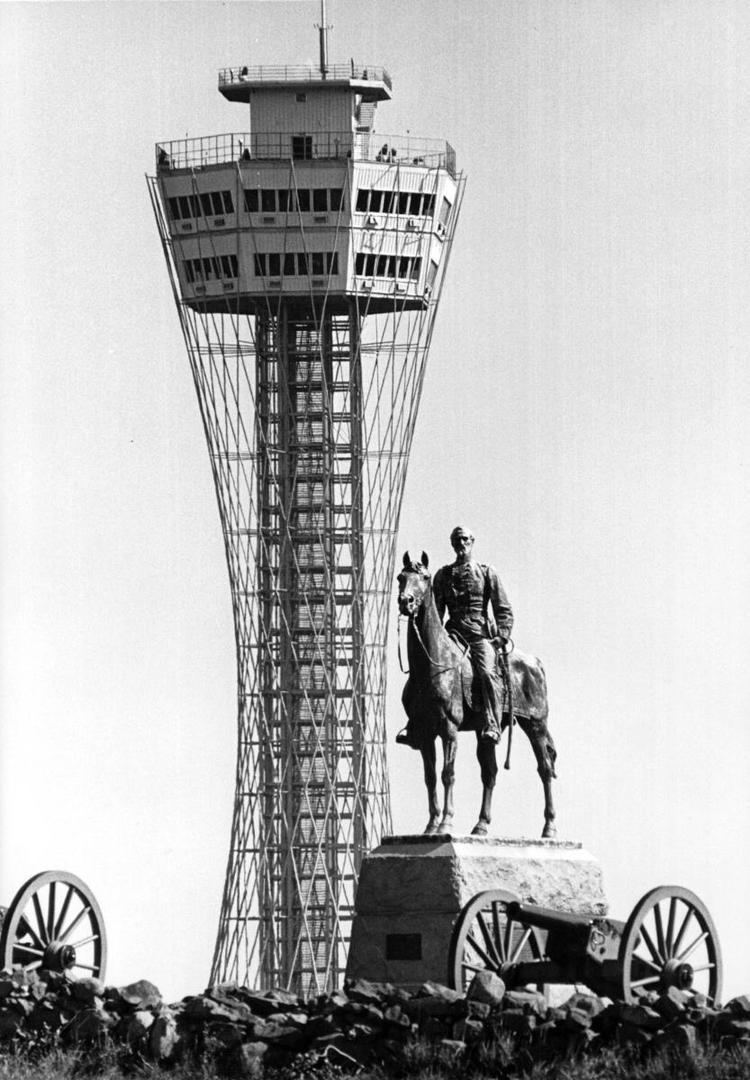
The tower was built in 1974 on private land adjacent to the Gettysburg National Military Park by real-estate developer Thomas R. Ottenstein. It was opposed by many, including the National Park Service, historical preservationists, and locals. The governor of Pennsylvania at the time, Milton Shapp, led unsuccessful lawsuits against construction of the tower. The Park Service had no authority over the tower since it was not inside the park.
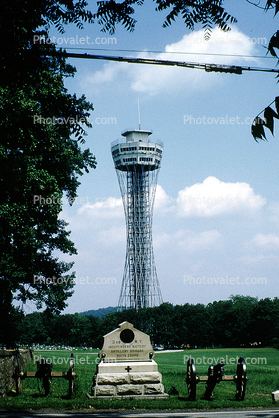
A law passed in 1990 claimed the land of the tower as part of the park and in June 2000 a federal judge gave park officials permission to seize the tower itself with $3 million given as compensation to the owners. The Gettysburg National Tower was demolished with explosives by Controlled Demolition, Inc. for the National Park Service on July 3, 2000, the 137th anniversary of the final day of the Battle of Gettysburg. The public was invited to attend the demolition, and an event was staged to make it appear as though cannon fire caused the tower to fall. A video of the demolition shows the event.
Construction and design
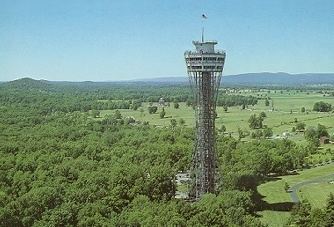
The tower had a patented hyperboloid design, which was checked by computer simulation on a CDC 6600 mainframe to verify its integrity. The bottom diameter was 94 feet (29 m), it narrowed to 36 feet (11 m) in the middle, and spread outward for a top diameter of 78 feet (24 m). The main pieces were assembled using the largest crane available at the time and were bolted together rather than just welded. During the debate regarding the tower, its engineer, Joel Rosenblatt, argued that its design was significant enough for preservation in its own right.
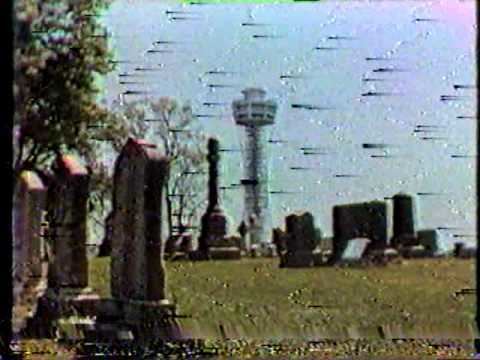
Running up inside the hyperbolic lattice were elevators and a 520-step staircase leading to the observation decks. The observation area consisted of two air-conditioned indoor levels and two open-air decks at the very top, featuring binoculars and information about the historical significance of the sights. Ottenstein hailed it as a "classroom in the sky", but detractors said its size and visibility made it overly prominent.
